Step by step instruction for beginner
johntyro
10 years ago
Related Stories

GARDENING GUIDES10 Tips to Start a Garden — Can-Do Ideas for Beginners
Green up your landscape even if you're short on time, money and knowledge, with these manageable steps for first-time gardeners
Full Story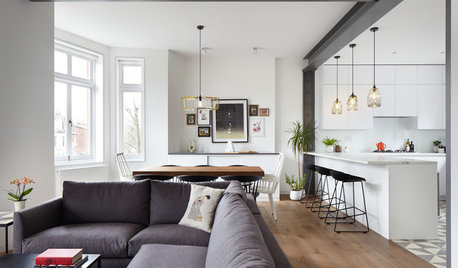
WORKING WITH PROSA Beginner’s Guide to Managing a Remodel
How do you make your design dream a reality? Here’s some project management know-how to help you work with your designer
Full Story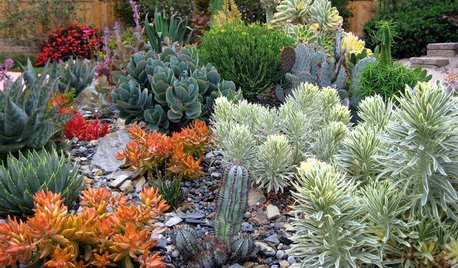
GARDENING GUIDESA Beginner’s Guide to Growing Succulents
Their easy-care reputation is well-deserved, but a little TLC will turn succulents into star plants
Full Story
DECORATING GUIDESA Beginner’s Guide to Getting Wallpaper Right
Follow these experts’ wallcovering ideas and tips to help ensure a successful outcome
Full Story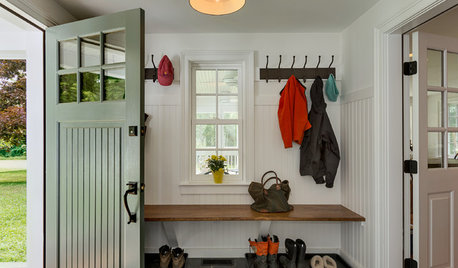
DECLUTTERINGSmall Steps for Keeping Your Housekeeping Resolutions
Take a different approach this year, making simple, positive changes that add up before you know it
Full Story
GARDENING GUIDES6 Steps to Get a Garden Off to a Glowing Start
Grow a lush, balanced garden from an empty patch of yard or neglected landscape spot with these easy-to-follow guidelines
Full Story
BEDROOMS13 Simple Steps to a Perfectly Made Bed
Drift off to dreamland in a delightfully soothing, artfully dressed bed worthy of a posh hotel
Full Story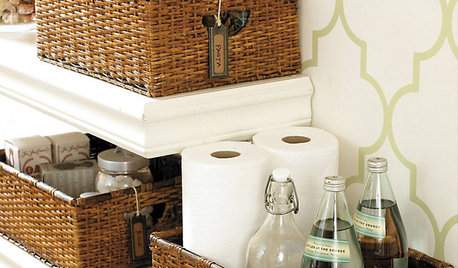
PRODUCT PICKSGuest Picks: Step Up Your Shelf Displays
Stuck in a bookcase rut? Pick from these 21 accessories for eye-catching displays beyond just books
Full Story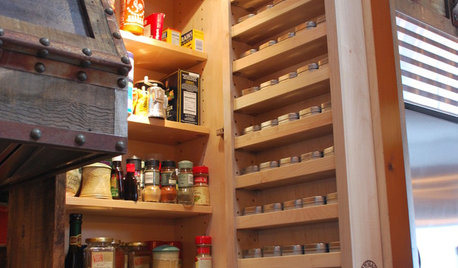
KITCHEN DESIGN7 Steps to Pantry Perfection
Learn from one homeowner’s plan to reorganize her pantry for real life
Full Story
BEDROOMS8 Steps to a Greener, More Peaceful Bedroom
Clear away clutter, clean the air and make over your bedding for an oasis that radiates calm and well-being
Full Story






Rio_Grande
PupillaCharites
Related Professionals
Eden Prairie Landscape Architects & Landscape Designers · Garden City Landscape Architects & Landscape Designers · Mitchellville Landscape Architects & Landscape Designers · Parole Landscape Architects & Landscape Designers · Vernon Hills Landscape Architects & Landscape Designers · Maple Heights Landscape Architects & Landscape Designers · Alpharetta Landscape Contractors · Bethel Park Landscape Contractors · Cudahy Landscape Contractors · Long Branch Landscape Contractors · Oviedo Landscape Contractors · Reedley Landscape Contractors · Soddy Daisy Landscape Contractors · Stony Brook Landscape Contractors · Hueytown Landscape Contractorsgrizzman
nil13